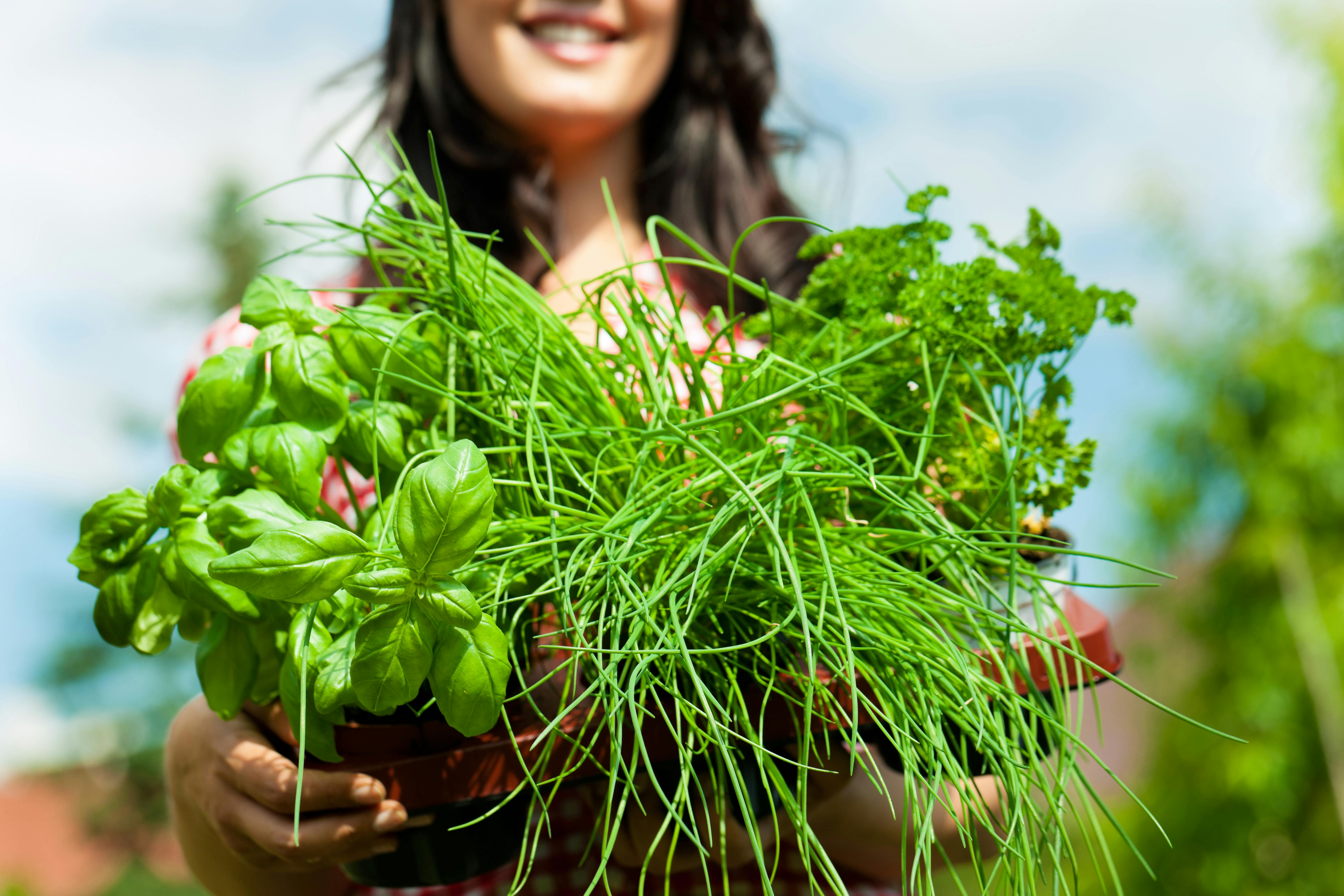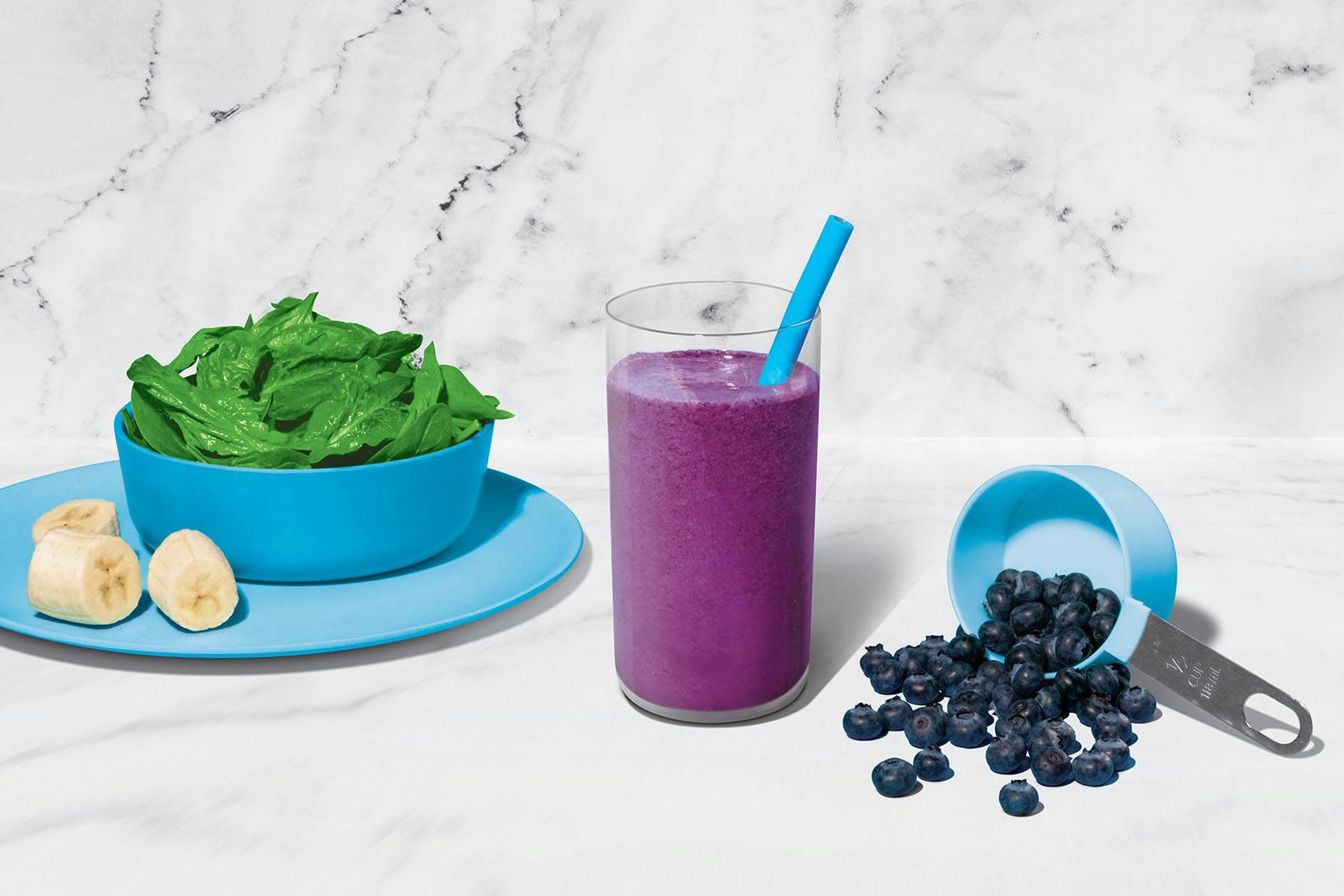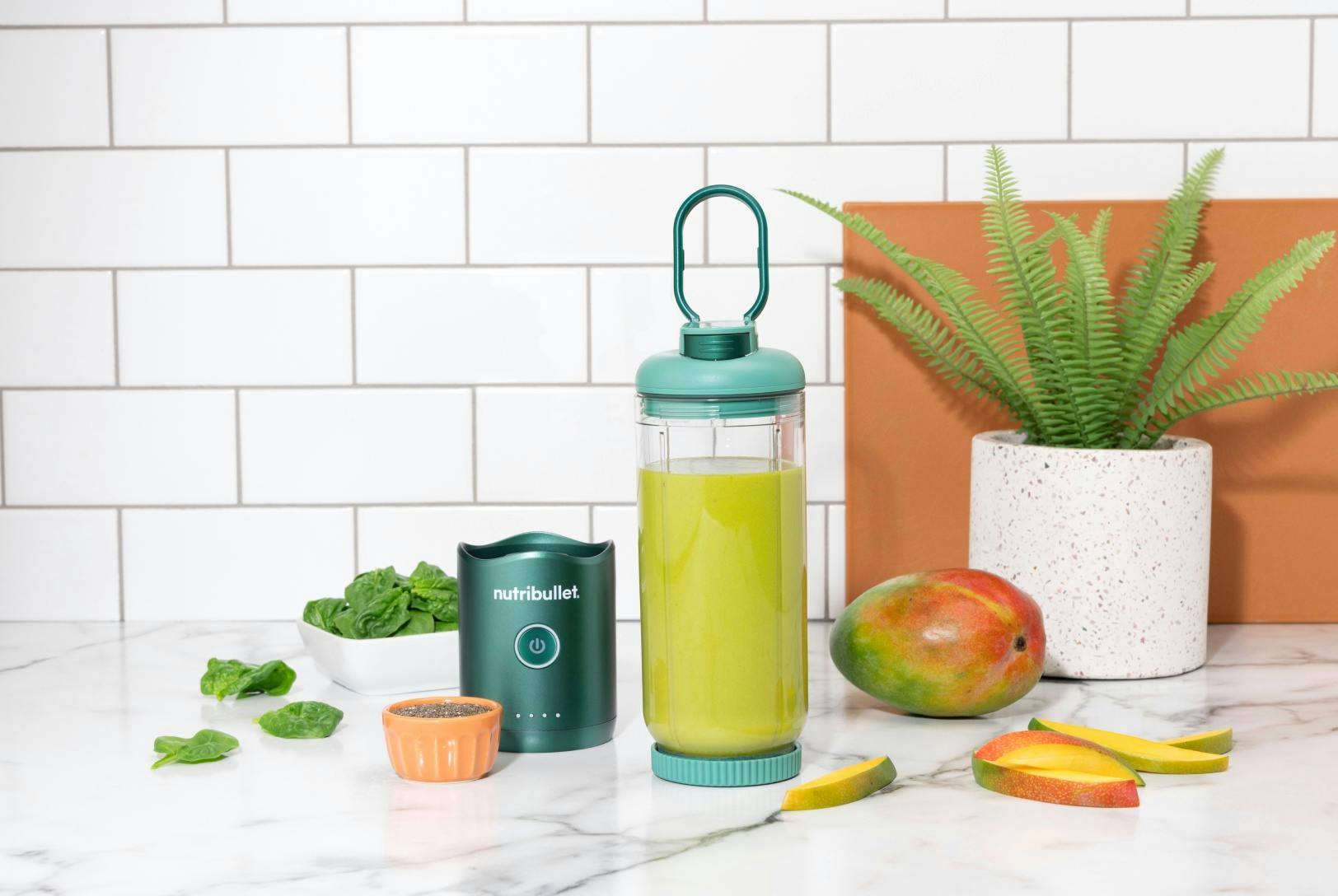FREE shipping on US orders over $45!
Your cart is empty!
FREE 1-year warranty on all blenders and juicers
More to Consider
nutribullet Pro 900
$98.99
nutribullet
$59.99







Taxes and discounts calculated at checkout.

Sherene Chou
August 15, 2019
Sherene Chou
Sherene is a culinary-trained Registered Dietitian Nutritionist for nutribullet focused on making delicious plant-based eats sustainable and accessible for all. She believes that food cultures and traditions should be celebrated and incorporated as part of living a happy and healthy life. When she’s not learning about a new ingredient or food at her local farmers market, you can find Sherene teaching food justice and culinary nutrition to health professionals nationwide.
Fresh herbs add an extra depth of flavor and a boost of nutrition to your meals, snacks, and smoothies! Buying a variety of herbs can add up quickly, but learning how to build your own herb garden is simple and convenient. It also adds some extra green to your home. With these basic tips, you’ll have ready-to-eat herbs in just a few short weeks!
Here’s a list of some of the more common and easier to grow herbs. Pick one or two to get your indoor garden started. Be sure to grow each herb in a separate pot to ensure the best chances for success.
After a few weeks, you should begin to see your herbs sprout and grow. These herbs are ready to use in your favorite dishes! Be sure to check on each plant’s unique pruning needs. For example, basil doesn’t need pruning until it reaches about 6 inches tall.
If you find that you have more herbs than you need, you can always freeze or dry herbs to extend their use.

Is there such a thing as a perfect smoothie? This sweet medley certainly makes a strong case. With a classic combination of blueberries, banana, and spinach, this superstar smoothie provides a powerful nutrient boost!

Consider this blend the little black dress of nutribullet smoothies: it never goes out of style. To help keep your energy stable throughout the day, aim to balance your meals and snacks with high-quality protein, healthy fats, and fiber-filled carbs – like this combo of Greek yogurt, peanut butter, fruit, and veggies. There’s a reason this one is always on-trend.

Start your day on a high note with this nutritiously cheerful blend of greens, mango, banana, and chia seeds.